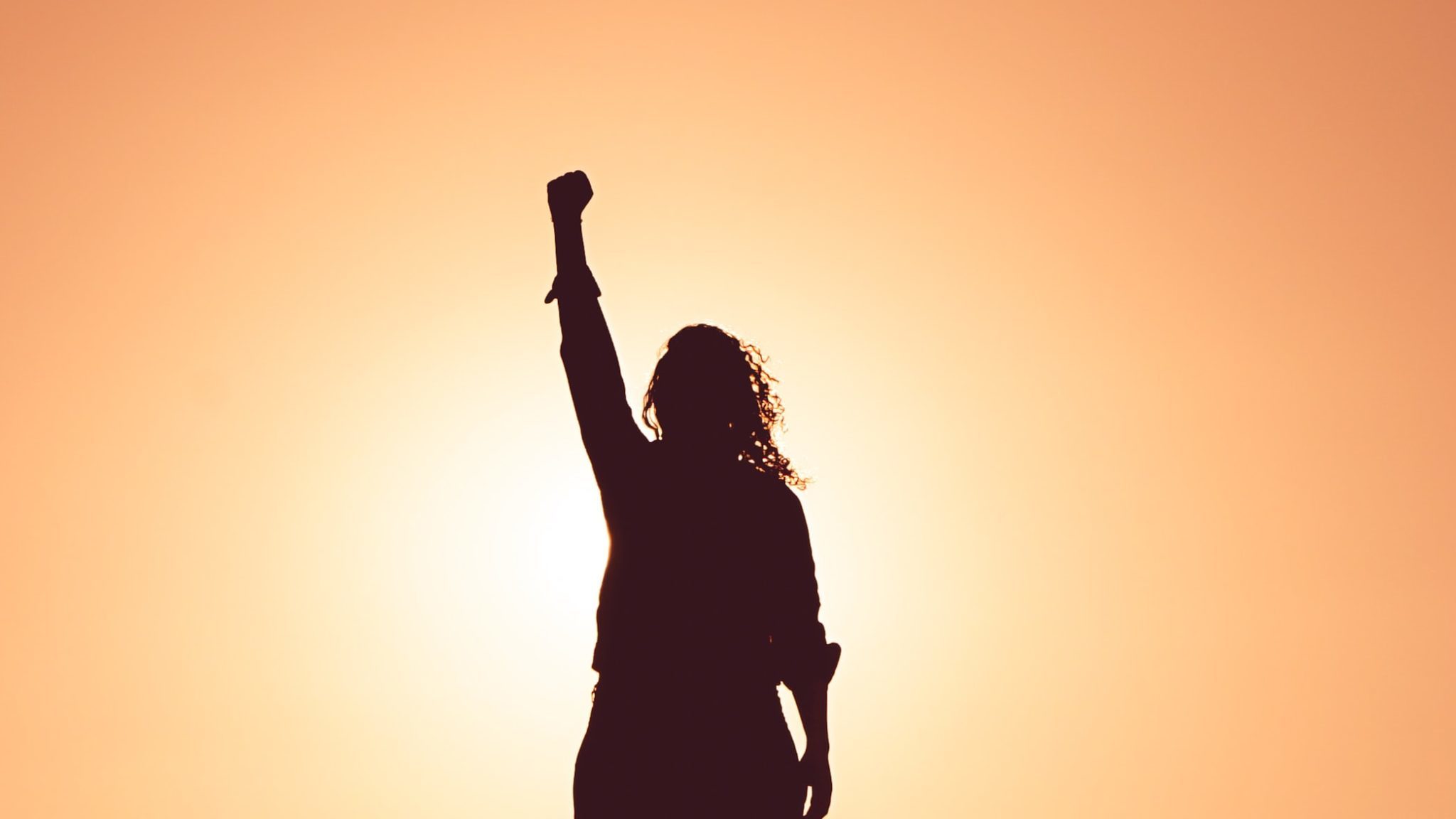In 2011 when Beyonce proclaimed, “Who run the world? Girls!”, her words were not only inspirational, but aspirational. Because in 2020, women comprise more than 50 percent of the population, but hold just 23 percent of elected seats in Congress and about 1 in 3 seats in state legislatures. No woman has ever been elected president of the United States; Senator Kamala Harris’ recent vice-presidential nomination puts her in the running to become the highest-ranking woman to hold elected office in United States history.
But as IWPR’s recent report Stepping Up to Lead: Women Re-shaping America’s Leadership, Politics & Priorities shows, women’s political participation changes dramatically from state to state. While Nevada has almost reached gender parity in elected office and has a majority (52.4 percent) of women representatives in state legislature, women are poorly represented in other states, such as West Virginia, with barely 1 in 10 (13.4 percent) women being elected to state legislature. Overall, Maine and Washington have the highest levels of political participation among women as measured by the number of women holding elected office, registered to vote, and turning out to vote.
These variances show us that progress is possible—women can run for office, win, and lead—and progress is happening. In 2020, 584 women have filed to compete for House or Senate seats at the federal or state level, a historic high for women seeking office. This wave of women candidates has the potential to bring an agenda for broad and inclusive change to Congress and state legislatures across the country.


